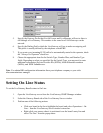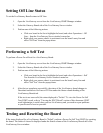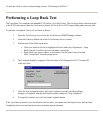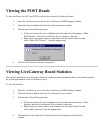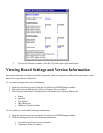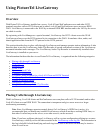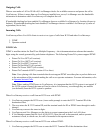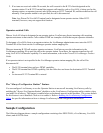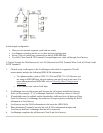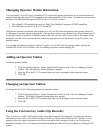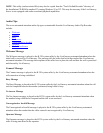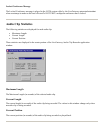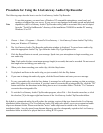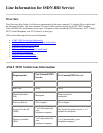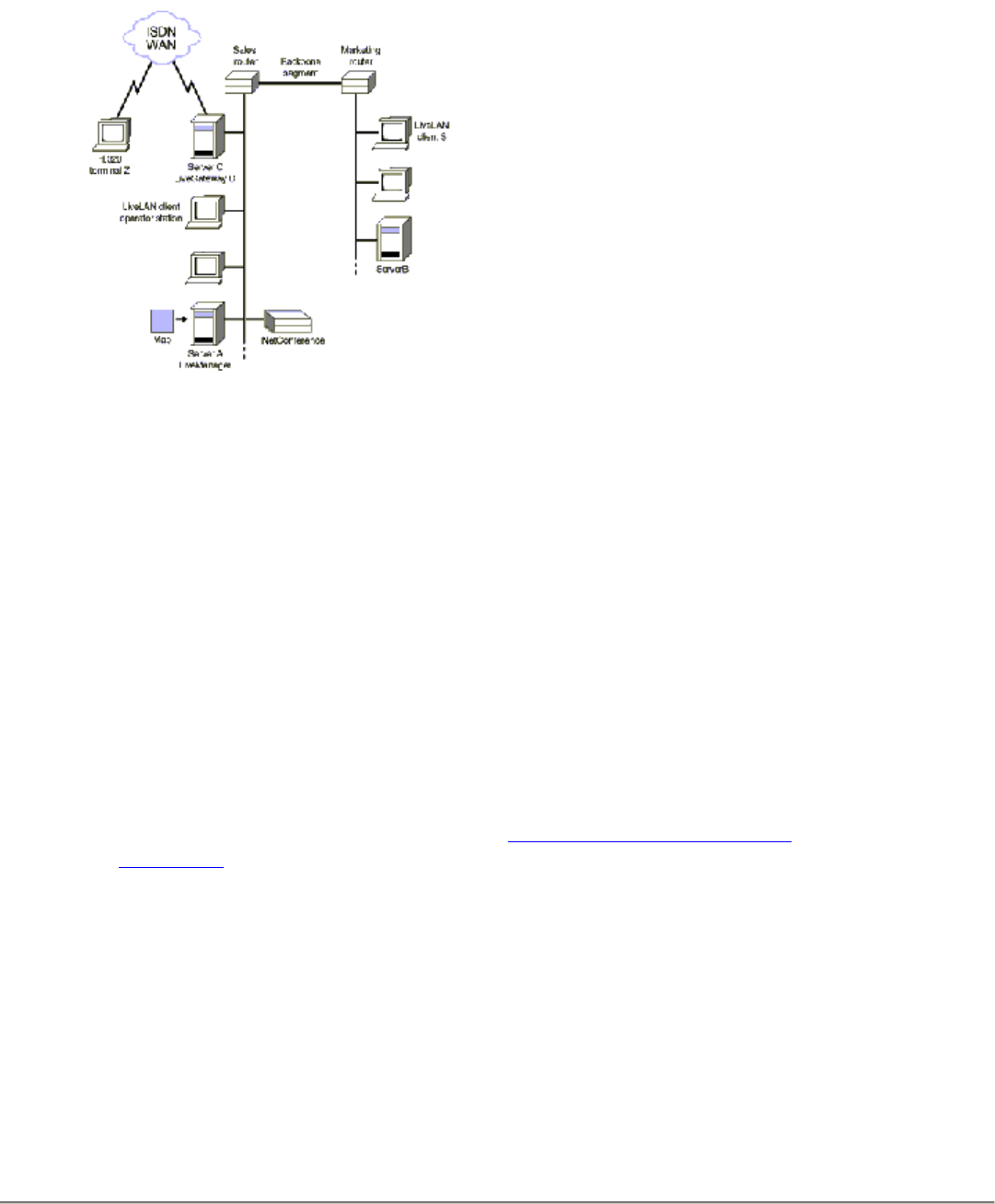
In this sample configuration:
• There are two network segments, each with one router.
• LiveManager is running on Server A with a network topology map.
• Server C has a LiveGateway connected to a dial-up ISDN BRI line.
• LiveLAN Client S and H.320 Terminal Z can participate in a video call through LiveGateway.
A Typical Scenario for Calls Between a LiveLAN Client and an H.320 Terminal When LiveLAN Client S calls
H.320 Terminal Z:
1. Client S sends a call request to the LiveManager with which it is registered. The call
request packet includes the following ISDN WAN information:
• Two phone numbers, such as 9700-731-1234 and 9700-731-1234. Because you
are using an ISDN BRI line, the two numbers you specify may be the same. For
more information about ISDN BRI, refer to Preparing Board Configuration
Information.
• WAN channel rate, such as 2x64 kbps.
2. LiveManager receives this request and, because the call request includes the Gateway
Prefix (in this example, “9”), LiveManager finds the LiveGateway closest to Client S.
3. If bandwidth control is enabled, and the bandwidth is sufficient for a call between Client
S and LiveGateway, LiveManager forwards the call request packet, including the WAN
information to LiveGateway.
4. LiveGateway uses the WAN information to dial out to the ISDN WAN.
5. When destination Terminal Z answers the call, H.320 communication begins and
LiveGateway notifies LiveManager that the call is connected.
6. LiveManager completes the call between Client S and LiveGateway.



